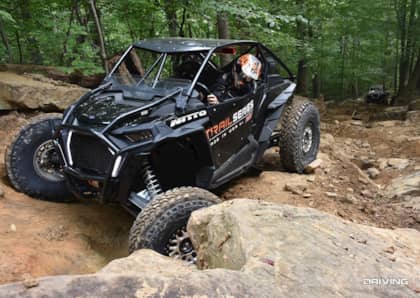Correct UTV Tire Pressure: Air Up, or Air Down?
You may often hear the term “air-down” when off-roading. This is especially common in a rock-crawling or dune scenario. However, it is not a one-size-fits-all suggestion. Appropriate tire pressure for the terrain is important. This is especially true for a UTV, which is capable of high-speed desert racing, or low-speed rock crawling. It is amazing how you can take a UTV and with minor modifications, it can be a desert car, a dune machine, a rock crawler, a hill climber, and more.
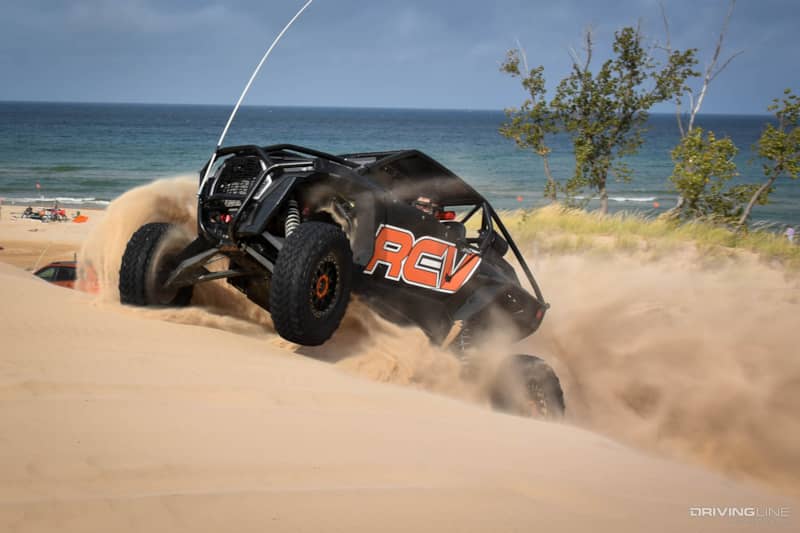
If you have a Polaris RZR for example, the OEM suggested tire pressure is 18PSI on the factory tires and wheels. At 18PSI, the tire is able to withstand some high-speed terrain with minimal concerns. UTV Desert racers for example will typically run 20PSI or more to avoid damaging the tire with high-speed obstacles. This also allows the tire to hold shape when side-loading or turning and keeps the sidewalls from being as vulnerable.
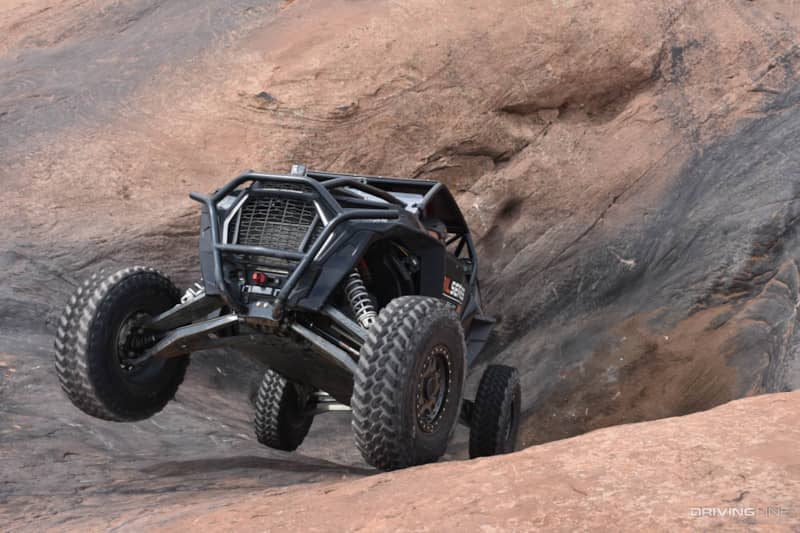
According to UTV racer and Dakar champion, Casey Currie, the proper tire pressure for the terrain is crucial. “You want to run the tire as soft as possible for traction, but firm enough to not get flats. We are always adjusting to get the most advantage, but I normally race in the 20-24 PSI range and pre-run in the 14-16 PSI range.”
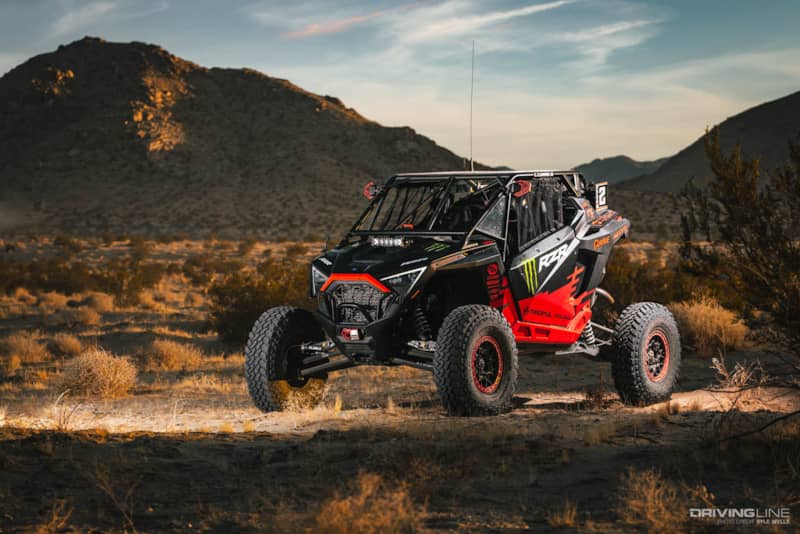
Higher PSI is also important when running a conventional style wheel, where the only thing holding that tire to the wheel is the air pressure inside. Lower the air pressure, the more possible it is to push the tire bead off the wheel seal surface and causing a flat tire. A common solution to this is a beadlock wheel, it will actually clamp the outside bead of the tire to the wheel allowing operating at a lower PSI much safer. If you plan on any sort of serious off-roading, a beadlock wheel for a UTV is a wise choice.
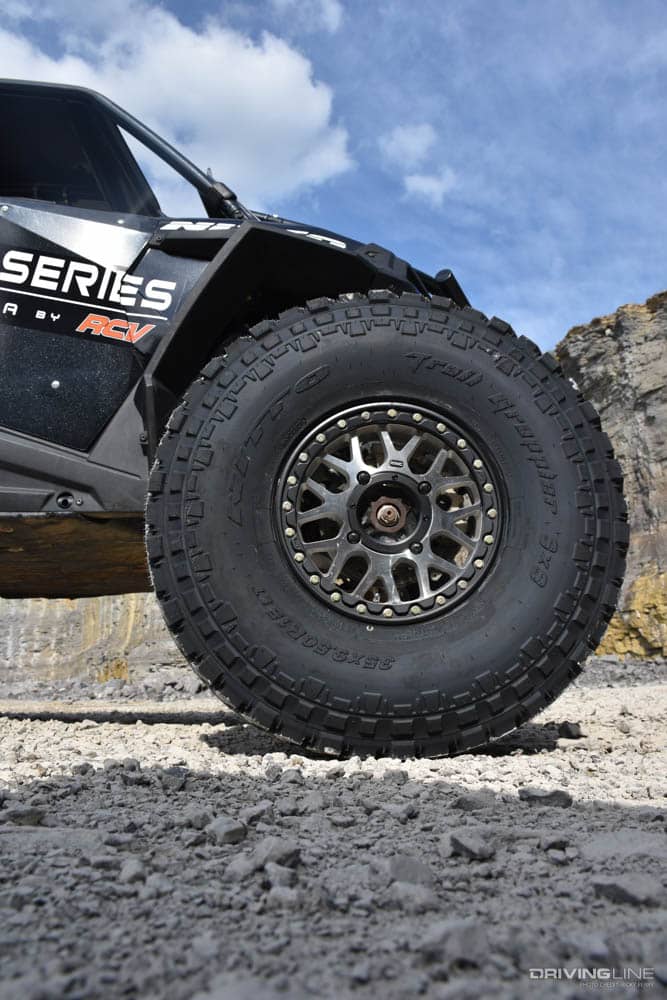
The more casual trail rider that cruises 20-30 mph across the desert, or on smoother dirt trails can air down a bit. Typically, 12 to 15 PSI is enough to avoid pinch flats (where the tire crushes between an obstacle and the wheel), but still flex enough to provide a quality ride across rough terrain.
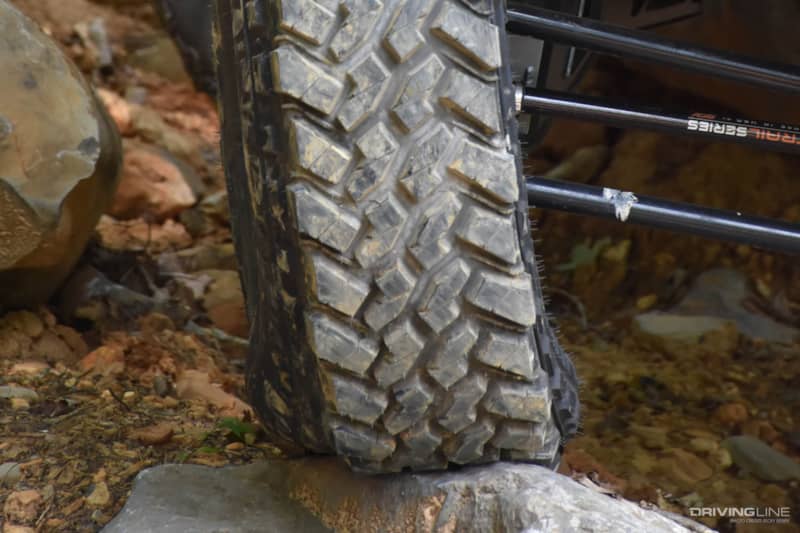
Assuming you have beadlock wheels, you’ll want to air down even more for more technical terrain such as sand, mud, or rocks. This is where “contact patch” matters and will make a huge difference in performance. The lower the tire pressure, the more surface area of that tire will be in contact with the ground. Additionally, lower pressure will allow the tire to conform around obstacles. Not only does this increase traction, but it will vastly increase ride quality across rough and rocky terrain. With the larger footprint of the tire, it improves the tire’s floatation in soft terrain. Imagine you’re in the dunes, that low tire pressure allows the tire “float” on top instead of digging down. Same goes for mud in many cases.
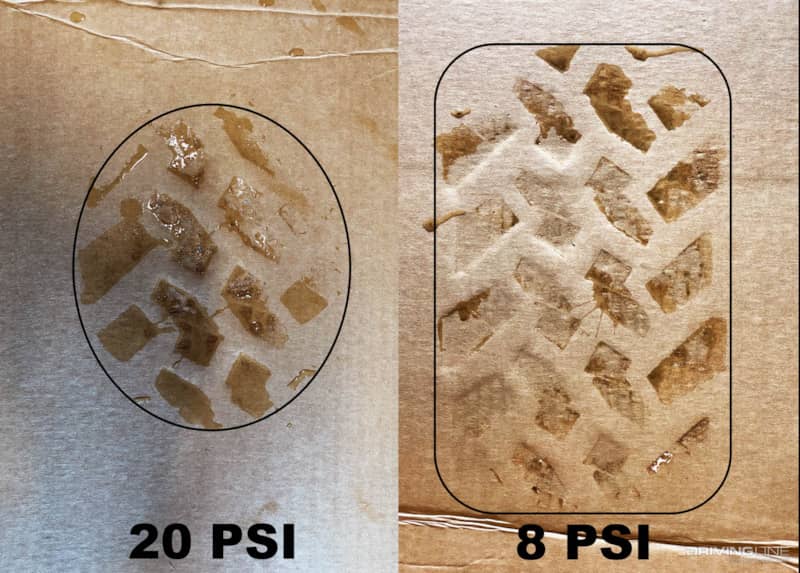
So what pressure is best in these low-pressure specific environments? If you’re rock crawling in low gear, 8-10 PSI is ideal. The traction and control will be improved as the tire conforms around the uneven rock obstacles. 10 PSI would also be a good loose-dirt hill climb pressure. If you’re in the dunes, you could drop as low as 6-8 PSI just as long as you aren’t hucking 20-foot gap jumps or anything!
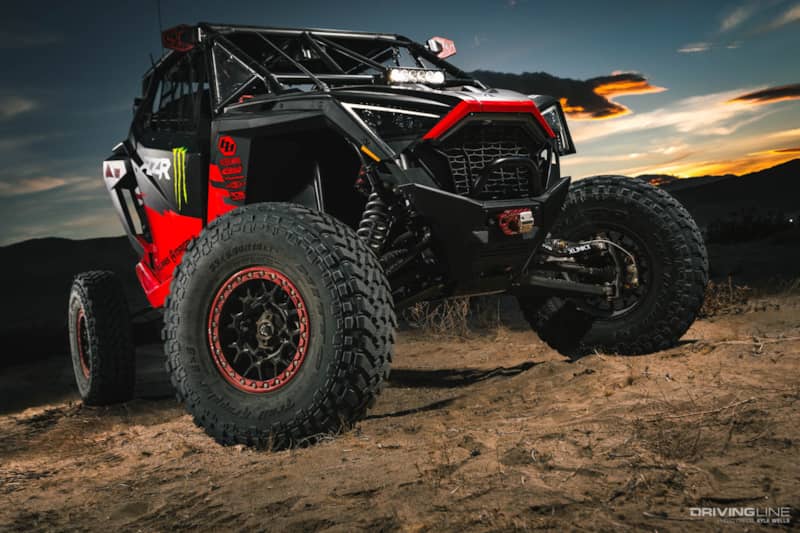
Currie's suggestions based on running a 33” Nitto Trail Grappler SXS on 15” beadlock wheel.
| Racing | 20 PSI |
| Desert | 15 PSI |
| Trail | 12 PSI |
| Mud | 10 PSI |
| Rock crawling | 8 PSI |
| Sand | 6 PSI |
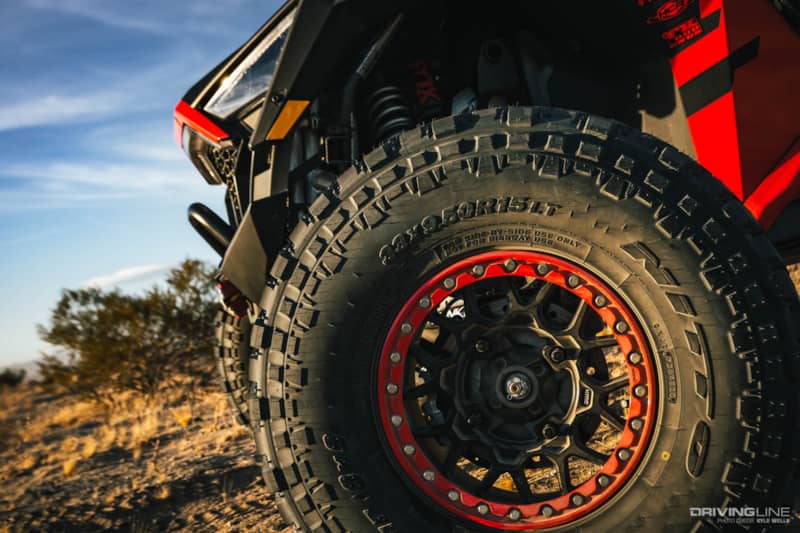
If you’re going to experiment with air pressure on your rig, it is suggested to make sure you have a good quality low-pressure tire gauge. Also, pick up a small air compressor so you can air back up on the trail if needed.




